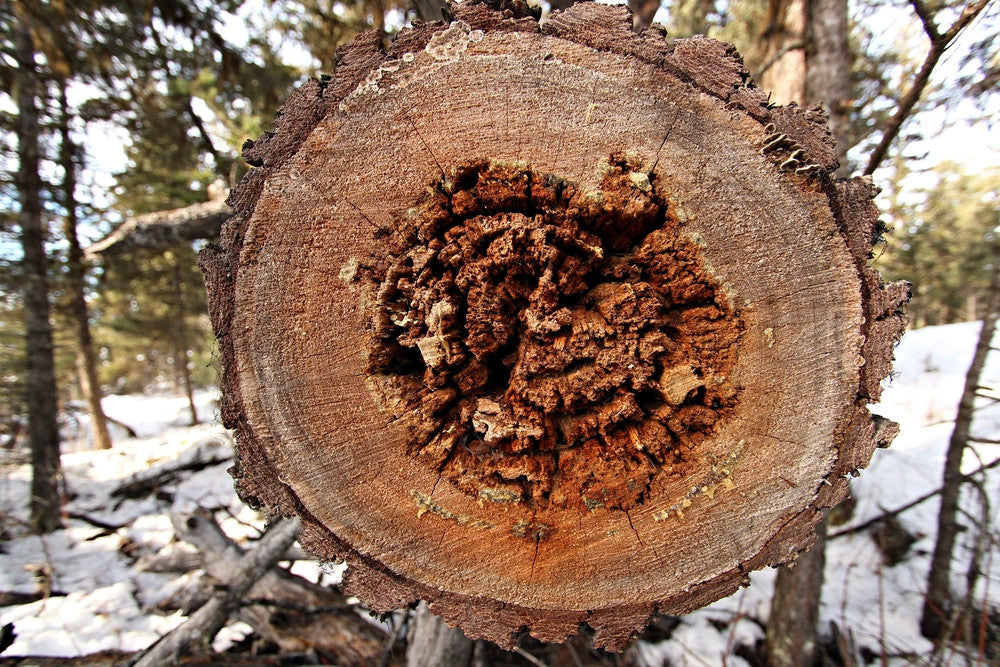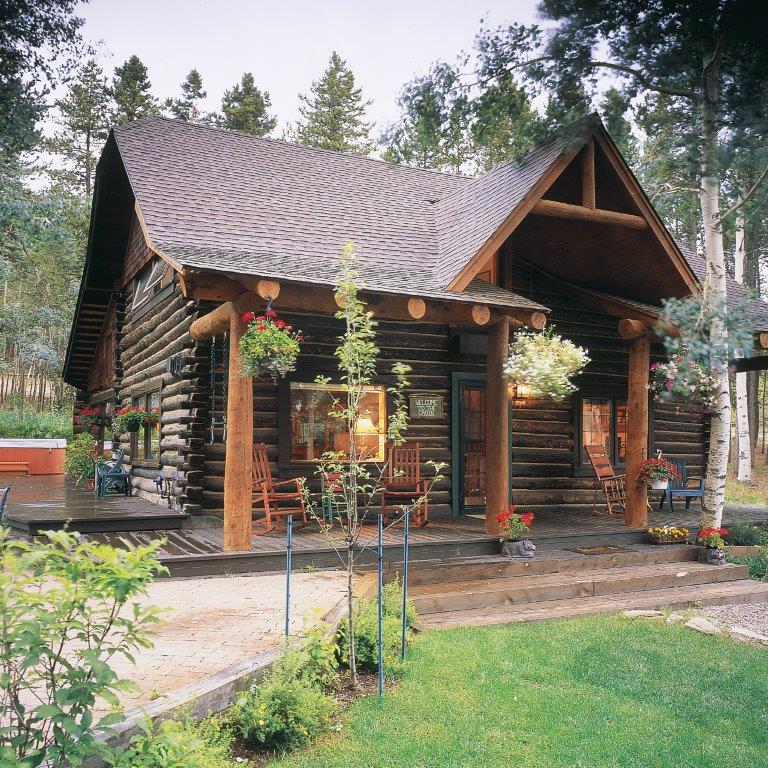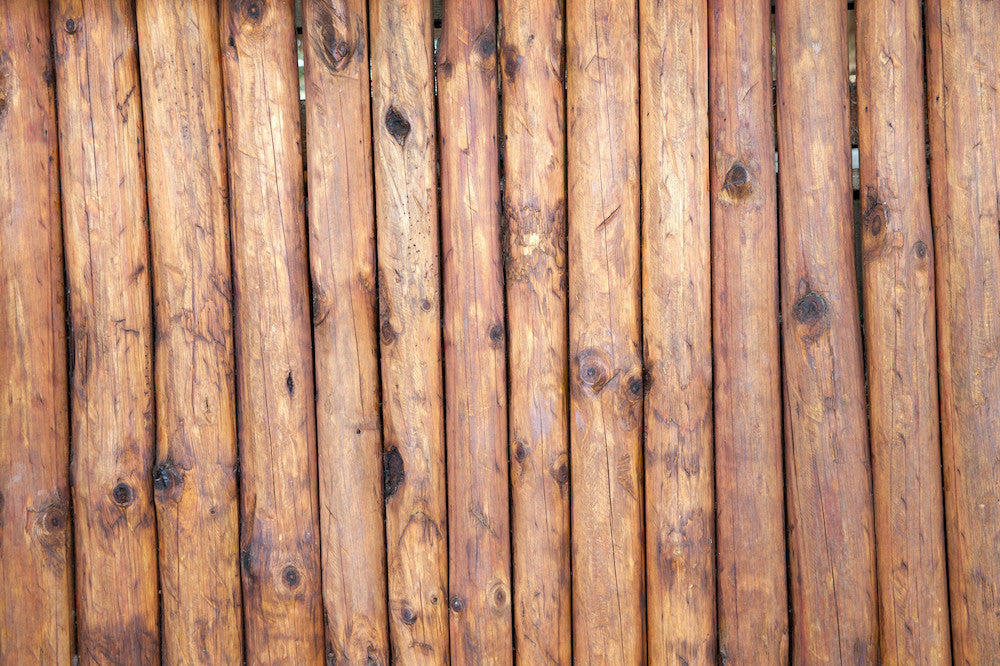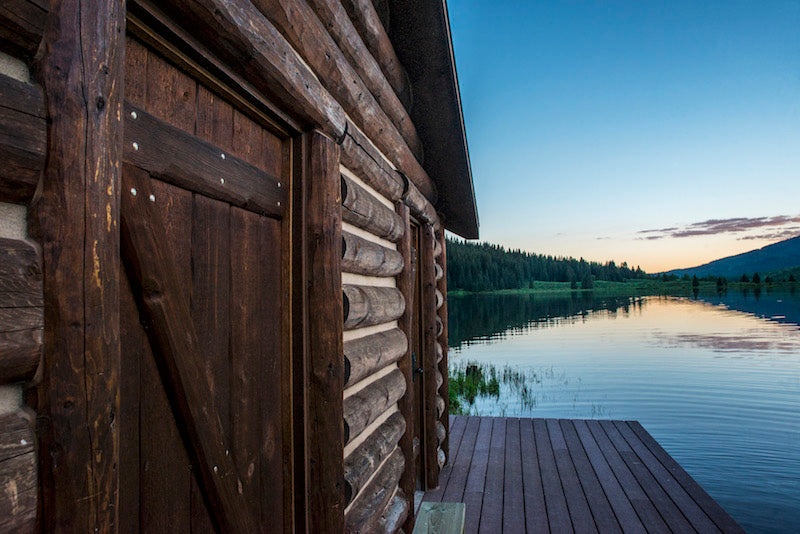3 Kinds of Log Rot and How to Treat It

Wood contracts and expands regularly as humidity levels and temperature fluctuate.
As the wood morphs, it cracks and creates slots for water to accumulate. These pockets of enduring moisture lead to the development of fungi and rot.
But not all log rot is the same. Here, we distinguish the three kinds of log rot — brown rot, white rot, soft rot — and how you can treat them.
Brown Rot
Brown rot is the most common of the three. This type of fungi attacks the wood by breaking down cellulose and hemicellulose. As the fungi consume the hemicellulose, a small molecule infiltrates into the wood and spreads, affecting other areas. The wood shrinks and collapses into cube-like pieces.
Softwoods are the main victims of brown rot, and it causes wood to turn dark brown.
Brown rot has a number of different forms: true dry rot, mine fungus and cellar fungus — all very serious problems for log home owners.
White Rot
White rot attacks the wood due to the fungi’s ability to metabolize lignin and cellulose in the wood. It typically attacks hardwoods.
Causes the wood to take a sponge-like or stringy texture on its exterior. It becomes weak, and you might be able to tear the wood apart as easily as you would a piece of bread.
Soft Rot
Soft rot usually develops in harsh conditions and very rarely affects indoor wood. This type of fungus secretes cellulase, a kind of molecule that devours the cellulose in the wood. As a result, microscopic cavities form inside the log, leading to cracking patterns and discoloration.
It’s easy to confuse soft rot with brown rot because of the brown hue of the decayed areas. However, although wood decay can affect the strength of the log, it isn’t as devastating or fast-moving as brown rot.
Soft rot makes the wood appear as though it has been eroded.
How to Treat Log Rot
Always begin with the identification and removal of whatever is causing the moisture. This could be a damaged gutter, a leaky roof, unreliable plumbing or even improper window sealing.
Log rot is a serious problem, so you will have to remove not only the affected and wet areas, but much of the surrounding wood and building materials and fabric as well.
A fungicide like Tim-bor Professional Borate Pesticide & Fungicide can help alleviate the issue. In serious cases, you may need professionals to spray the area with fungicide.
Replace any of the damaged wood with new logs and treat them so you can prevent future rot problems.




